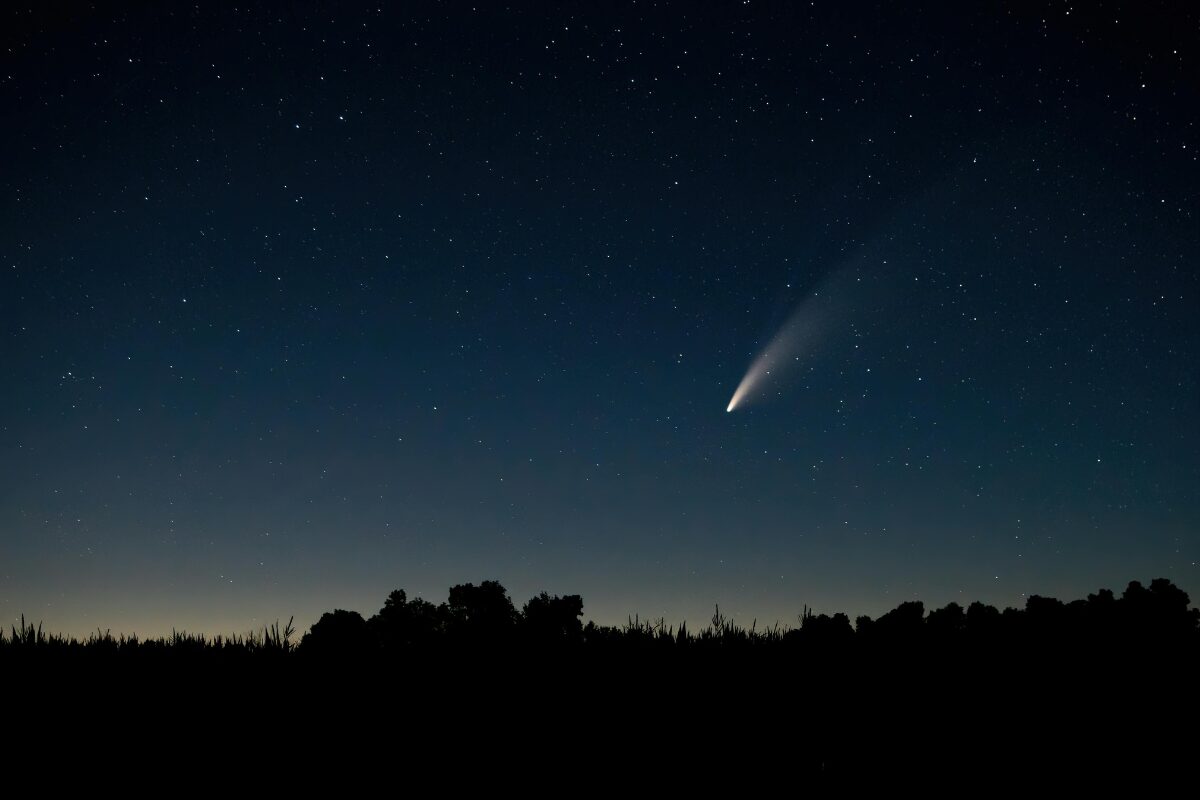Astronomers are closely monitoring the interstellar comet 3I/ATLAS, which has unexpectedly accelerated away from the Sun and brightened significantly. This unusual behavior has led to its recent designation as “Intelligently Controlled,” raising questions about its origin and nature. As it reached its closest approach to the Sun, known as perihelion, on October 29, 2025, scientists anticipated a standard increase in brightness. However, the comet’s luminosity surged more rapidly than expected, leaving researchers puzzled.
3I/ATLAS is only the third confirmed interstellar object to visit our solar system, following the elongated asteroid ‘Oumuamua, first observed in October 2017, and the comet 2I/Borisov, which appeared in August 2019. These brief encounters provide a unique opportunity for scientists to study materials from beyond our planetary system.
As the comet approached the Sun, the phenomenon of sublimation—where solid ice turns directly into gas due to solar radiation—was expected to occur. This process typically results in increased brightness as gas and dust are expelled from the comet’s nucleus, forming a coma and tail. Despite these expectations, the rate of brightening for 3I/ATLAS has exceeded that of most comets from the Oort Cloud, leading researchers to investigate its unusual characteristics further.
In a paper published on the arXiv repository, Qicheng Zhang from the Lowell Observatory and Karl Battams, an astrophysicist at the Naval Research Laboratory (NRL), acknowledged the mystery surrounding the comet’s rapid brightening. They stated, “The reason for 3I’s rapid brightening, which far exceeds the brightening rate of most Oort cloud comets at similar radial distance, remains unclear.”
The unexpected luminosity increase has sparked various hypotheses. A user on social media platform X, known as All Day Astronomy, proposed that while natural explanations exist, they are extremely improbable. The user suggested that if these low-probability events coincide, an alternative explanation—that the comet has a non-natural, intelligently controlled origin—might be warranted.
Key space assets have tracked the changes in 3I/ATLAS’s brightness, including the Solar Terrestrial Relations Observatory (STEREO) twin spacecraft, STEREO-A and STEREO-B, the Solar and Heliospheric Observatory (SOHO), and the GOES-19 weather satellite. Ground-based instruments have been unable to observe the comet due to solar glare, which will obscure it until mid-to-late November 2025, when it will enter its post-perihelion phase.
Researchers have proposed that the unusual brightening might be related to either the comet’s speed as it approaches the Sun or its internal characteristics. If it possesses a different internal composition compared to typical Oort Cloud comets, this could indicate a distinct chemical signature from its home system. Zhang and Battams also suggested that unusual properties within the comet’s nucleus—such as its composition, shape, or internal structure—could account for the rapid brightening.
Without a clear physical explanation, the future behavior of 3I/ATLAS remains uncertain. The possibility of a plateau in brightness or even a continuation of its preperihelion brightening is plausible. The scientists remarked that the comet could be dominated by carbon dioxide sublimating at a surprisingly short distance from the Sun, which could lead to a cooling effect that prevents water ice from vaporizing.
As the scientific community continues to study this enigmatic interstellar visitor, it is highly anticipated that further observations will provide more insights into its unusual properties once it emerges from the Sun’s glare. Zhang and Battams emphasize the importance of ongoing monitoring to uncover the true nature of 3I/ATLAS and its unexpected behavior.







